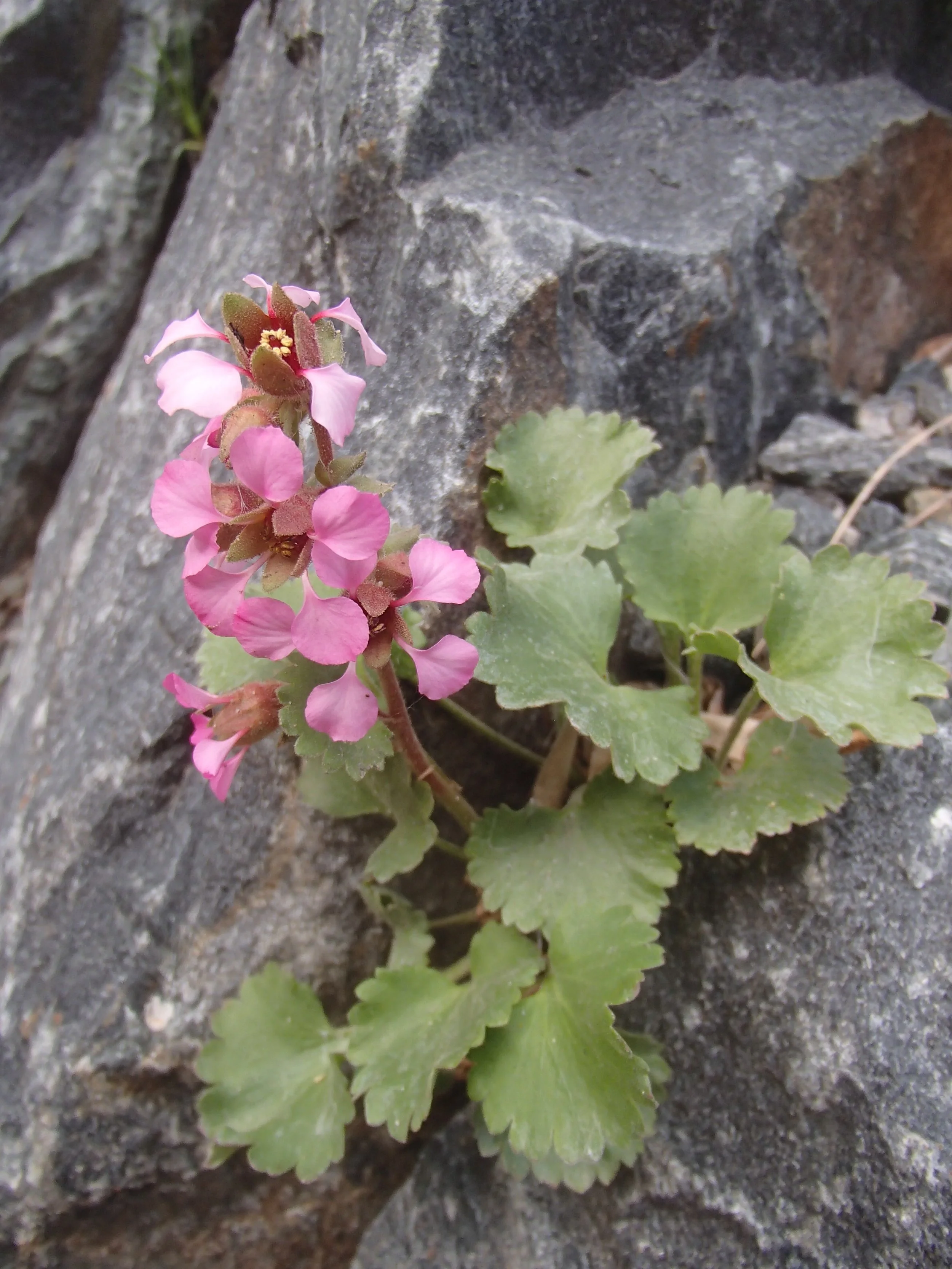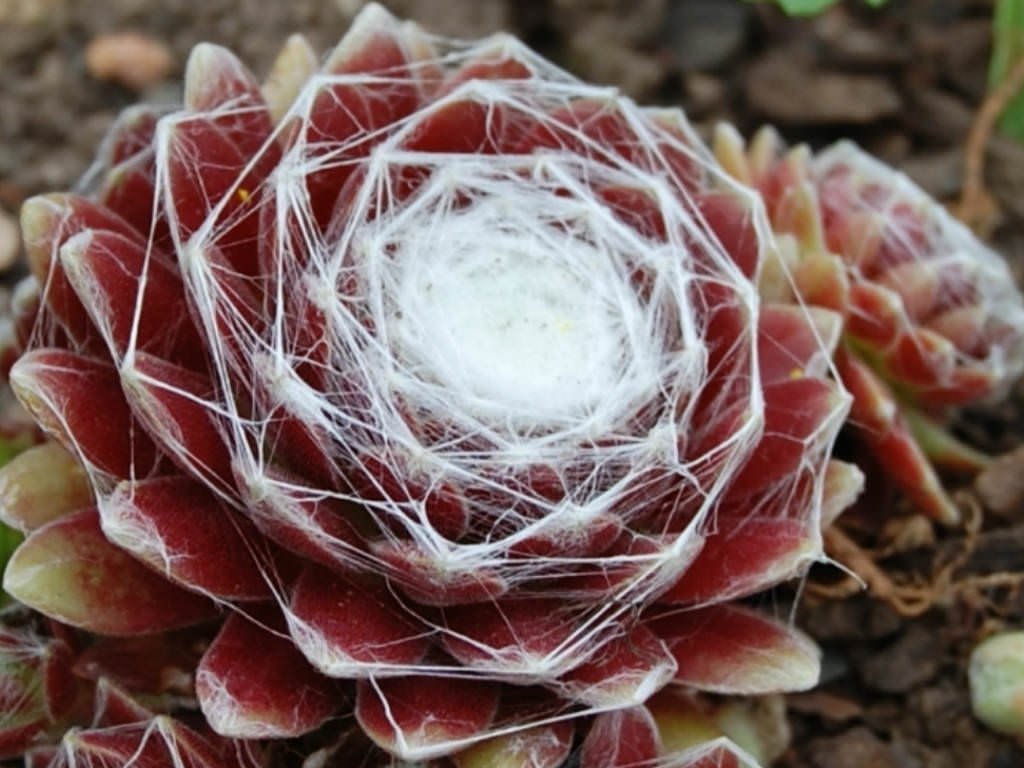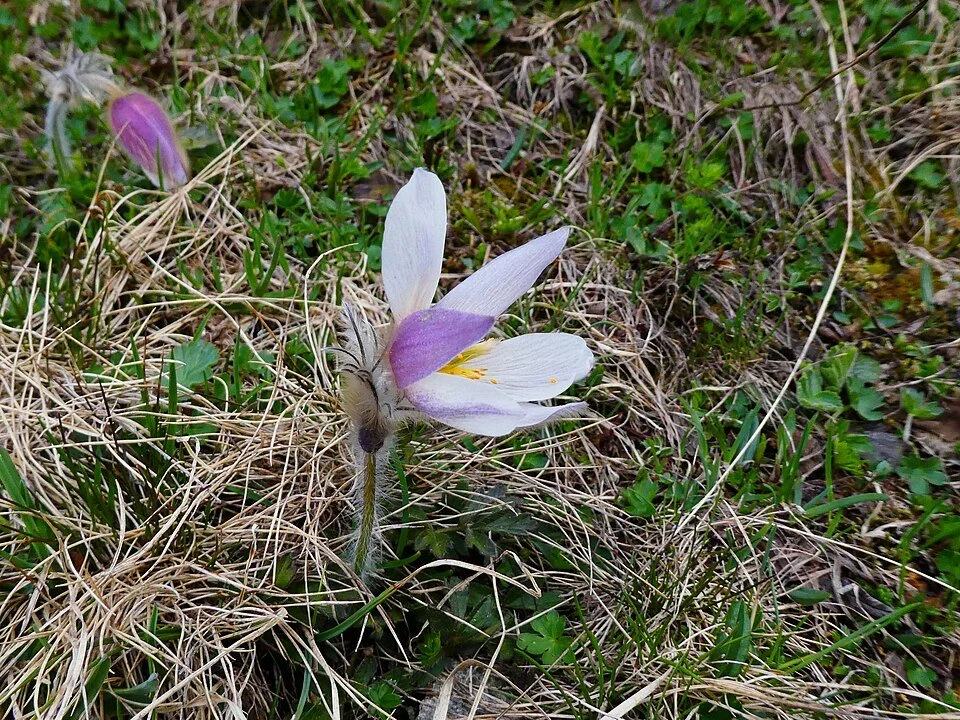
Telesonix jamesii
A true gem of the North American high country, Telesonix jamesii hails from the alpine tundra and exposed rocky ridges of the central and southern Rocky Mountains, where it survives in thin, gravelly soils at elevations often exceeding 10,000 feet. This rare saxifrage relative forms tight mats of leathery, rounded leaves that hug the rock surface, an adaptation to the harsh winds and intense sunlight of its mountain home.
In early to mid-summer, the foliage is crowned with clusters of bright magenta-pink, starry blooms, often with golden centers that glow vividly against the surrounding stone. Its intense color and compact cushion-like habit make it a natural fit for crevice gardens, troughs, and other tight spaces where its alpine character can be admired up close. I remember seeing some old specimens in some Portland rock gardens back in the day but I haven’t seen it around these parts in quite awhile.
Hardy to USDA zone 4 with excellent drainage, Telesonix jamesii requires a cool root run and benefits from gravel mulch to mimic its native scree and prevent winter wet. Despite its delicate appearance, it is long-lived when sited correctly. The nectar-rich flowers attract small alpine bees and other pollinators that thrive in its high-mountain habitat, adding a dynamic element to the rock garden.
A rarity in cultivation, Telesonix jamesii rewards the alpine gardener with one of the most striking and authentic touches of the Rocky Mountain flora. Photo by Kenton Seth.
A true gem of the North American high country, Telesonix jamesii hails from the alpine tundra and exposed rocky ridges of the central and southern Rocky Mountains, where it survives in thin, gravelly soils at elevations often exceeding 10,000 feet. This rare saxifrage relative forms tight mats of leathery, rounded leaves that hug the rock surface, an adaptation to the harsh winds and intense sunlight of its mountain home.
In early to mid-summer, the foliage is crowned with clusters of bright magenta-pink, starry blooms, often with golden centers that glow vividly against the surrounding stone. Its intense color and compact cushion-like habit make it a natural fit for crevice gardens, troughs, and other tight spaces where its alpine character can be admired up close. I remember seeing some old specimens in some Portland rock gardens back in the day but I haven’t seen it around these parts in quite awhile.
Hardy to USDA zone 4 with excellent drainage, Telesonix jamesii requires a cool root run and benefits from gravel mulch to mimic its native scree and prevent winter wet. Despite its delicate appearance, it is long-lived when sited correctly. The nectar-rich flowers attract small alpine bees and other pollinators that thrive in its high-mountain habitat, adding a dynamic element to the rock garden.
A rarity in cultivation, Telesonix jamesii rewards the alpine gardener with one of the most striking and authentic touches of the Rocky Mountain flora. Photo by Kenton Seth.







